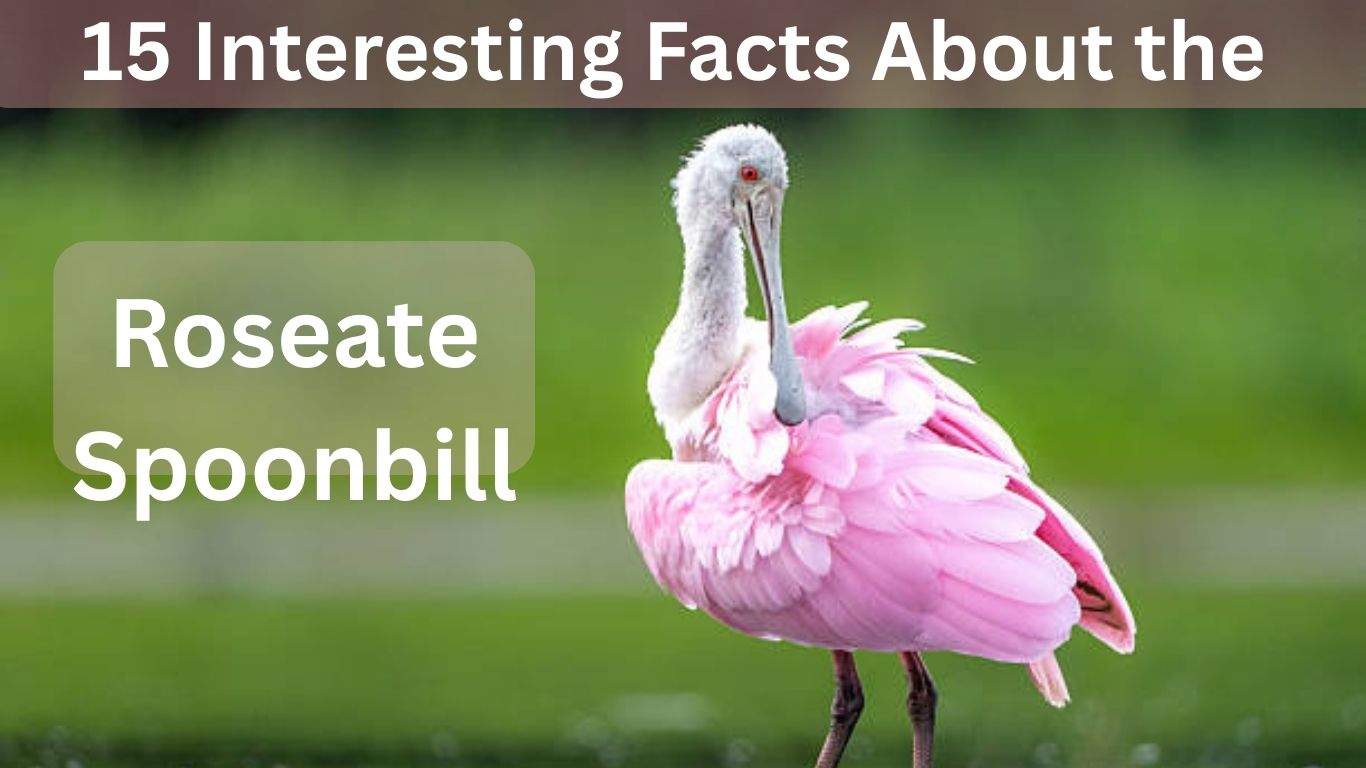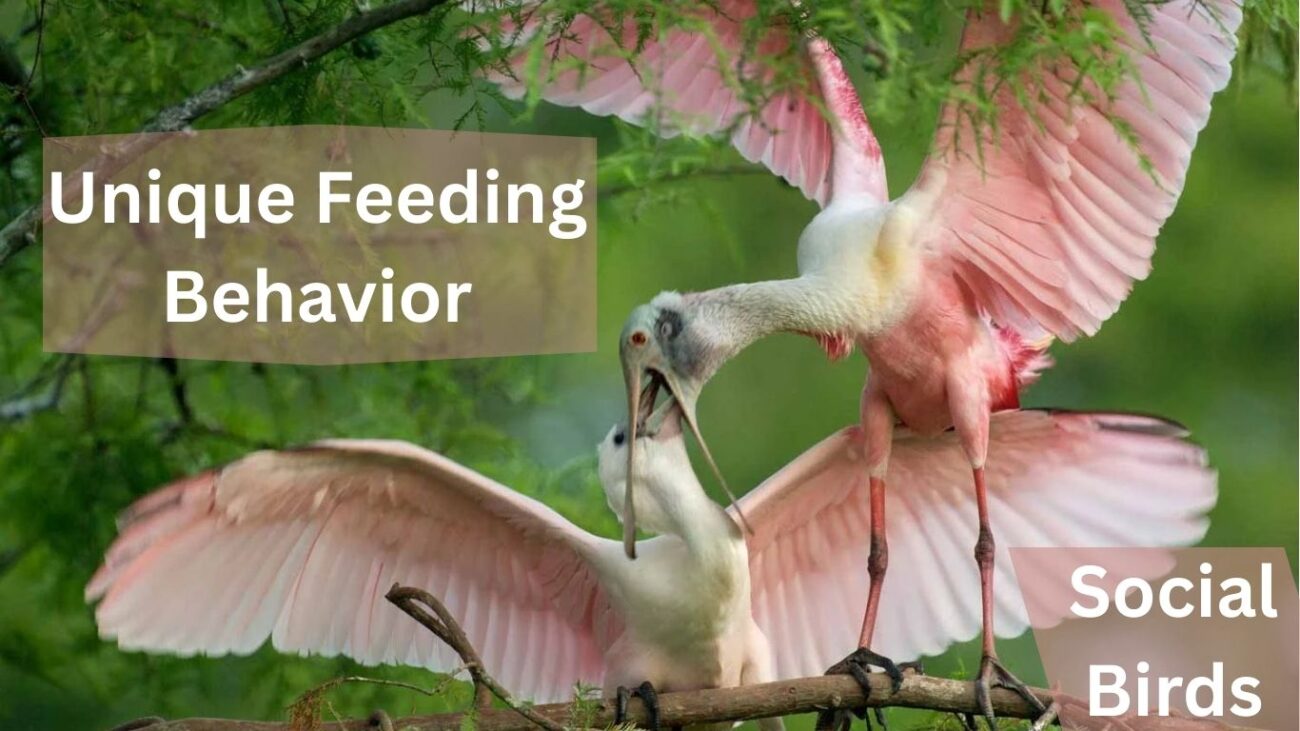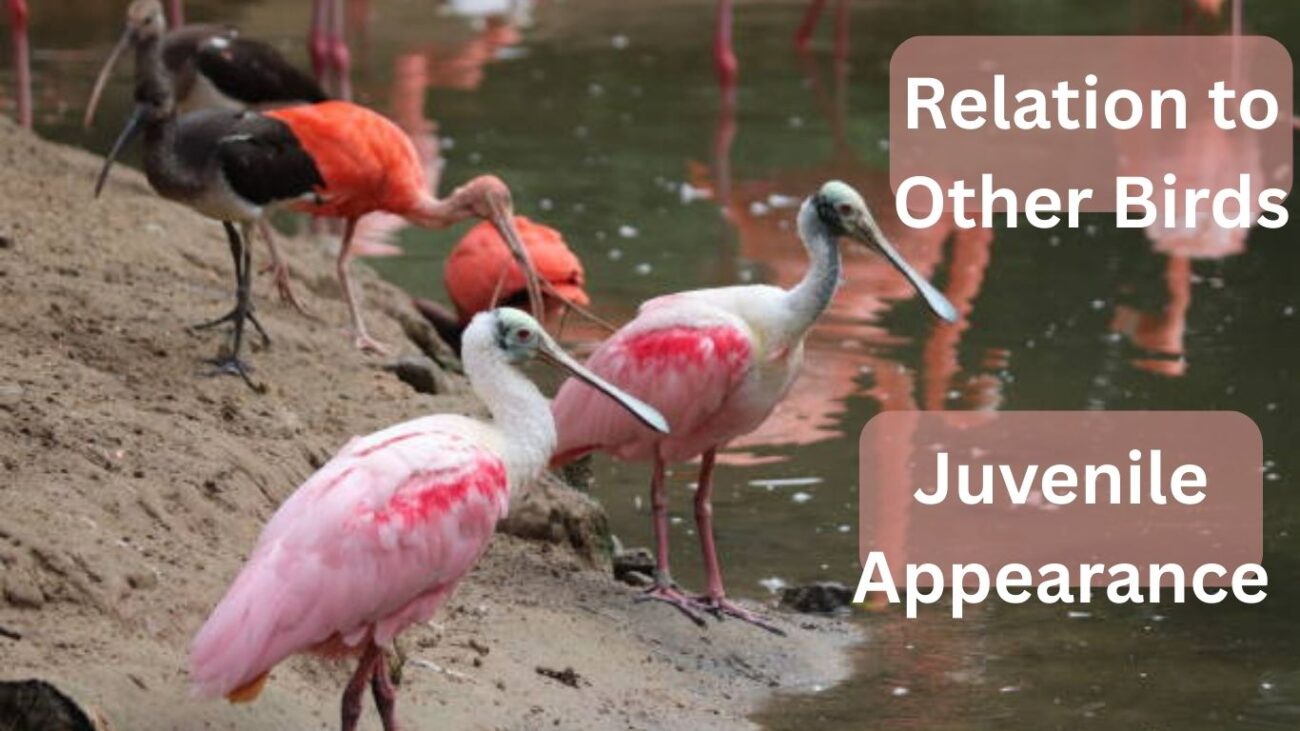The roseate spoonbill is one of the most fascinating wading birds in the Americas, instantly recognizable by its bright pink plumage and unusual spoon-shaped bill. Often confused with flamingos, this bird is unique in both appearance and behavior. In this article, we’ll explore 15 interesting facts about the roseate spoonbill, covering everything from its diet to conservation efforts.
1. Striking Pink Feathers
The roseate spoonbill gets its dazzling pink feathers from its diet, which is rich in carotenoid pigments found in shrimp and other crustaceans. The more pigment they consume, the brighter their feathers become. This pink coloration makes them stand out in wetlands, giving them an almost tropical, exotic beauty that birdwatchers admire.
2. Distinctive Spoon-Shaped Bill
The most notable feature of the roseate spoonbill is its long, flat, spoon-like bill. This unique adaptation helps the bird sift through shallow waters. By sweeping its bill side-to-side, it detects and captures small fish, insects, and crustaceans. This feeding strategy is not only efficient but also sets it apart from other wading birds.
3. Wide Habitat Range
Roseate spoonbills thrive in coastal wetlands, marshes, and mangroves. Their range extends from the southeastern United States to Central and South America. They are especially common in Florida, Texas, and the Caribbean. These wetlands provide both food and safe nesting spots, making them critical to the bird’s survival.
4. Unique Feeding Behavior
Unlike many birds that peck or dive for food, the roseate spoonbill uses its bill to sweep through water in a graceful side-to-side motion. Sensitive nerve endings allow it to detect prey by touch rather than sight. This technique ensures it can feed even in murky water, giving it a survival advantage.
5. Social Birds
Roseate spoonbills are highly social creatures, often seen feeding and nesting in large flocks. They thrive in colonies, sometimes mixing with herons, egrets, and ibises. Their social nature not only offers protection from predators but also helps them locate abundant feeding grounds more effectively.
6. Breeding Colonies
During breeding season, spoonbills nest in colonies on mangrove islands or trees near water. They build nests from sticks and vegetation, often high above the ground to protect from predators. Nesting in colonies also increases their chances of survival, as there is safety in numbers.
7. Courtship Displays
Roseate spoonbills engage in elaborate courtship rituals. Males often perform bill-clapping and offer sticks as gifts to females. Once paired, both parents participate in nest building and chick-rearing. Their strong pair bonds and cooperative parenting ensure that young spoonbills get the best chance at survival.
8. Lifespan
In the wild, roseate spoonbills typically live between 10 to 15 years. However, in captivity, where threats are fewer and food is abundant, they can live over 20 years. Their survival largely depends on the stability of their habitats and the availability of food sources.
9. Threats to Population
Historically, roseate spoonbills were hunted for their beautiful feathers, which were used in fashion during the 19th century. Today, their biggest threats are habitat destruction, pollution, and human disturbance. Wetland drainage and coastal development reduce their nesting and feeding areas, making conservation efforts more urgent.
10. Conservation Status
Currently, the roseate spoonbill is listed as a species of Least Concern by the IUCN. However, local populations remain vulnerable due to habitat loss. In places like Florida, strong protection laws and wildlife sanctuaries have helped restore their numbers. Ongoing monitoring ensures they continue to thrive.
11. Relation to Other Birds
The roseate spoonbill belongs to the ibis and spoonbill family (Threskiornithidae). Despite their flamingo-like appearance, they are not closely related to flamingos. Instead, they share closer ancestry with ibises, as shown by their similar body structure, feeding habits, and colonial nesting behavior.
12. Juvenile Appearance
Young roseate spoonbills look very different from adults. Juveniles have pale white feathers with only a hint of pink, and their bills are shorter and less spoon-shaped. As they mature and consume more carotenoid-rich food, their plumage deepens to the iconic rose-pink shade.
13. Flight Characteristics
In flight, roseate spoonbills are elegant and graceful. They soar with their necks and legs fully extended, similar to herons. Their broad wings, tipped with darker feathers, give them strong gliding ability. Watching a flock of spoonbills fly across a sunset sky is a truly breathtaking sight.
14. Symbol of Beauty
Because of their striking color and unusual bill, roseate spoonbills are often celebrated in art, photography, and culture. They are considered a symbol of beauty and resilience in many regions, drawing birdwatchers and ecotourists who travel to wetlands just to catch a glimpse of them.
15. Recovery Success Story
Once nearly extinct in the United States due to overhunting, roseate spoonbills have made a remarkable comeback. Conservation efforts, legal protection, and the establishment of protected wetlands have allowed their populations to rebound. Today, they stand as a success story of how dedicated protection can save species from decline.
Conclusion
The roseate spoonbill is far more than just a pink bird—it is a resilient species with fascinating behaviors, unique adaptations, and cultural importance. From its spoon-shaped bill to its striking plumage, every feature tells a story of survival and beauty. By protecting wetlands and supporting conservation efforts, we ensure that future generations can continue to marvel at this extraordinary bird.






